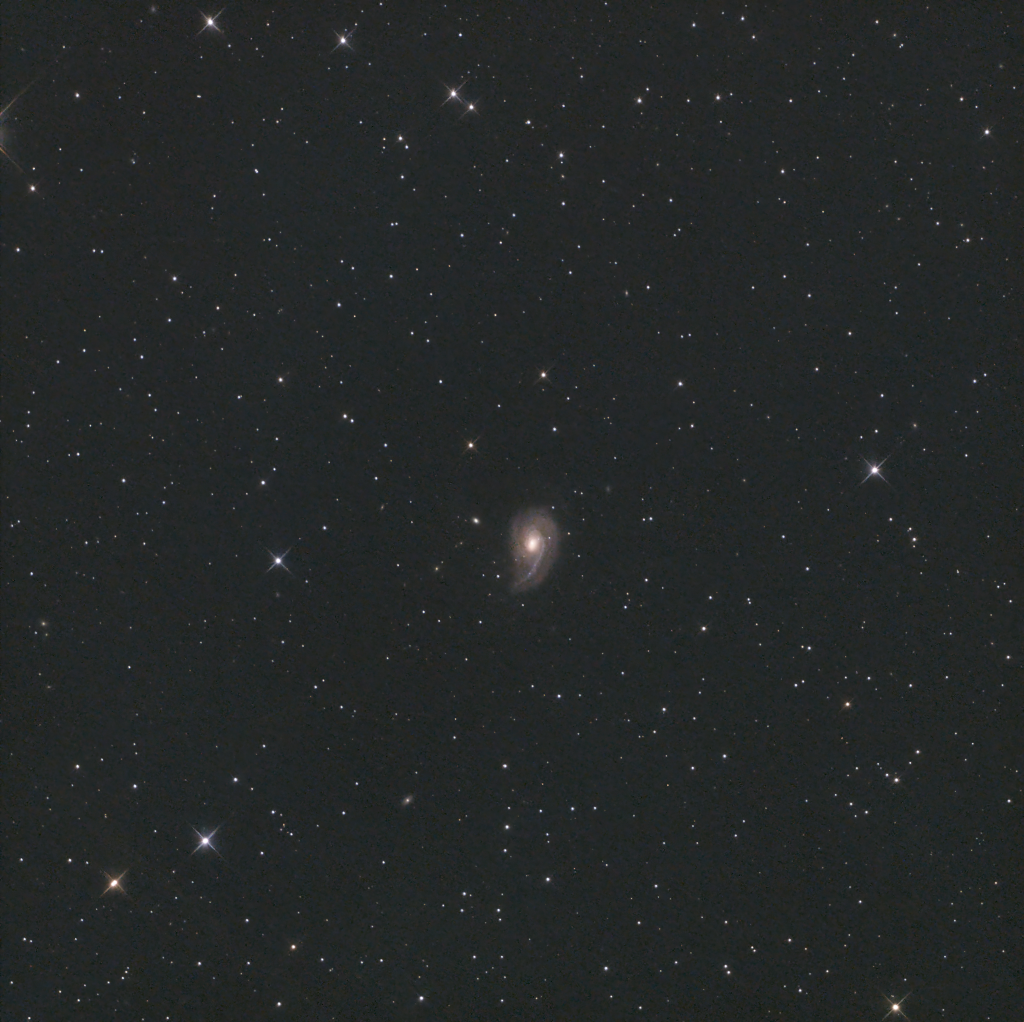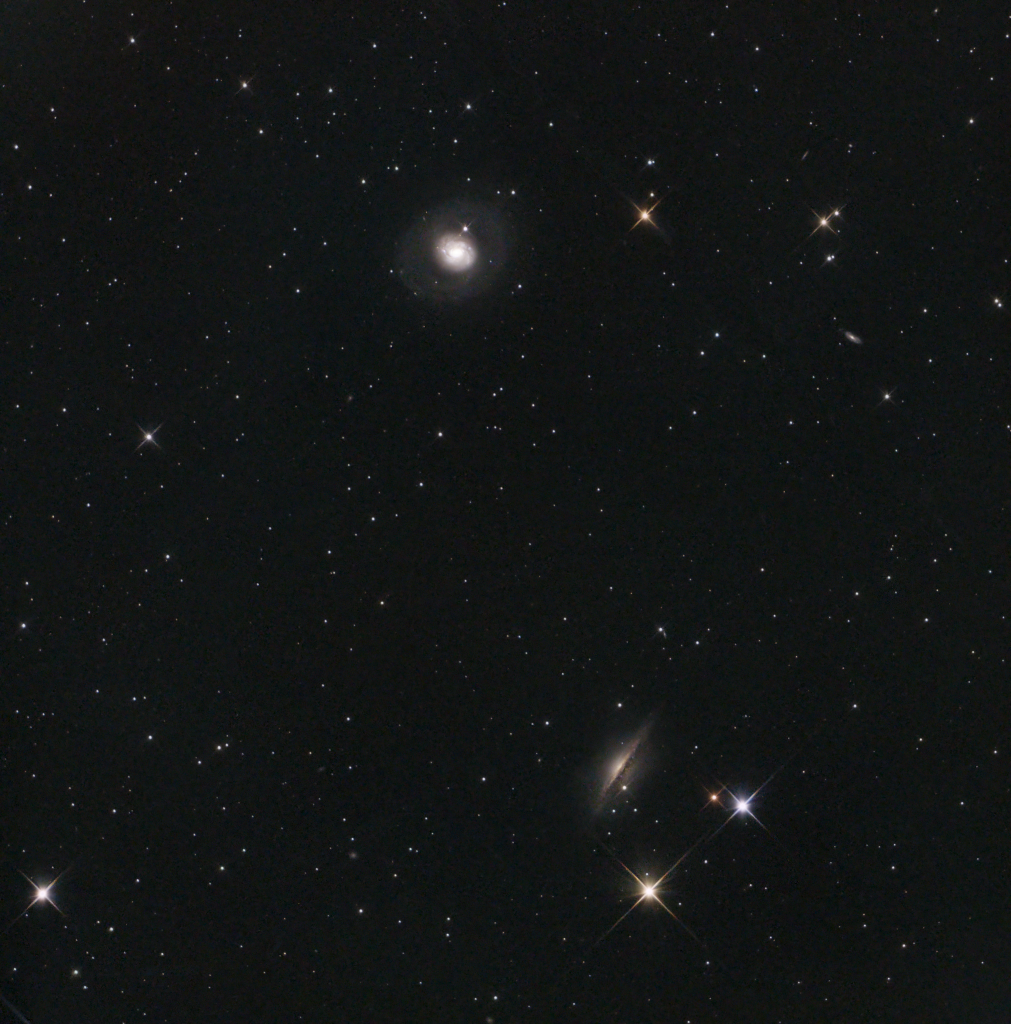Chasing Halton Arp
So I’ve been reading a lot about Halton Arp lately. Arp is famous for a lot of things in astronomy. He compiled the magnificent Atlas of Peculiar Galaxies and wrote Seeing Red: Redshift, Cosmology and Acamedic Science. He’s most famous (or infamous) for claiming that red-shifted quasars that visually seem close to a galaxy, might actually be connected somehow to that galaxy. This statement has huge consequences for the definition of redshift, it would mean redshift might not be the best way to calculate distances in space and thus undermine the whole big bang theory.
Now this was years ago and sadly Arp passed away in 2013. Today you can still find articles, youtube videos and forum posts from people who agree with Arp, usually followed by a typical internet style debate ranging from ‘there’s a crisis in cosmology’ to ‘we live on a flat earth’.
Hubble data confirms that Arp was wrong though and that these quasars, even if they look closely connected to a galaxy visually, are actually millions of light-years removed from the objects they seem close to.
All this reading about Arp’s adventures inspired me to take pictures of faint weird galaxies and quasars. I compiled a nice little list in excel of all 338 ARP objects from the Atlas, sorted them by magnitude and viewing season and captured two of them last weekend.
On the first image we have Arp 78, a spiral galaxy 130 million light years away. Its weird shape is explained by the interaction with smaller companion galaxies which can be seen on the left of the galaxy and very faintly on the right too.

On the second image we have two galaxies, ARP 37 is the one on the top, it’s also known as Messier 77 and it’s a beautiful spiral galaxy about 47 million light years away. Another spiral galaxy is in the picture, viewed edge-on. It’s NGC1055 – 52 million light years away. The distance between the two galaxies is estimated at 7 million light years.

Both images have a rather short total integration time (1.5 hours for ARP 78 and 2.5 hours for ARP 37) so I struggled a lot with removing the noise and getting some detail out of the galaxies. Still I’m happy with the result.
In the next months I hope to image more of these Arp galaxies. They are all small and faint so I always need to find a nice way to frame them, preferably with other nice targets in the field of view. If I can find some really cool ones I will try to increase my total integration time too.